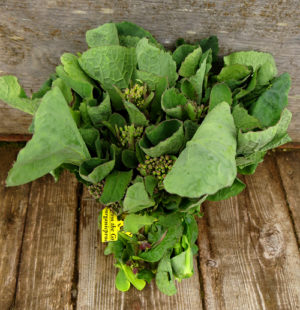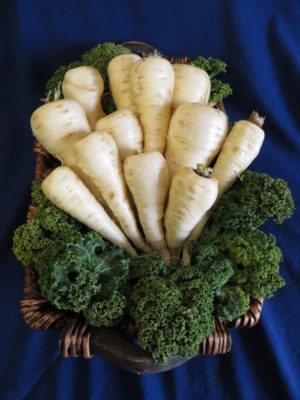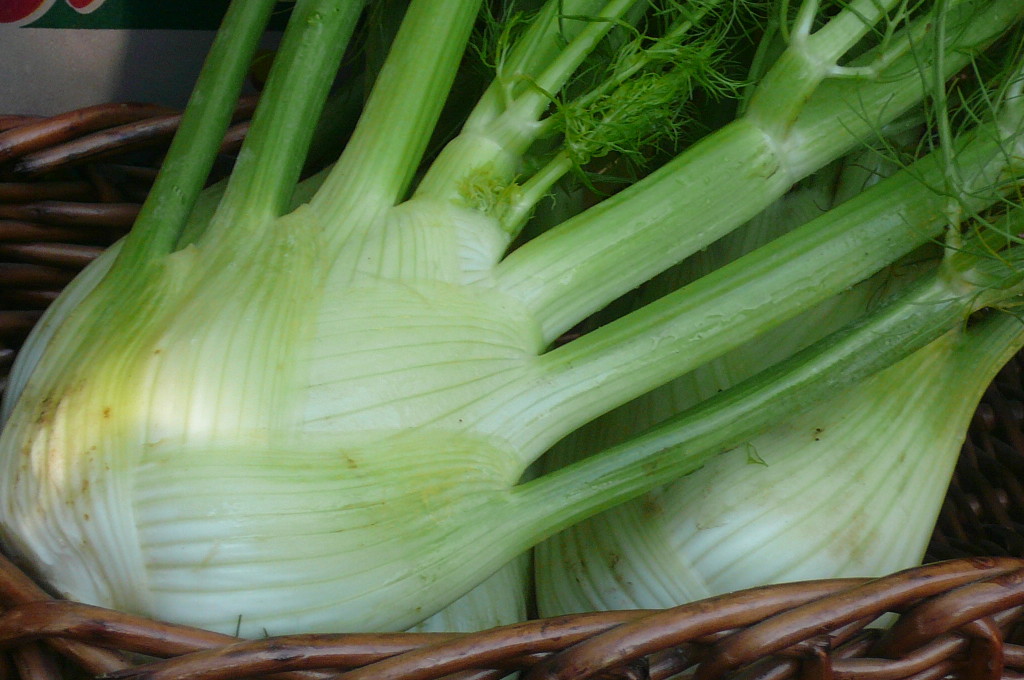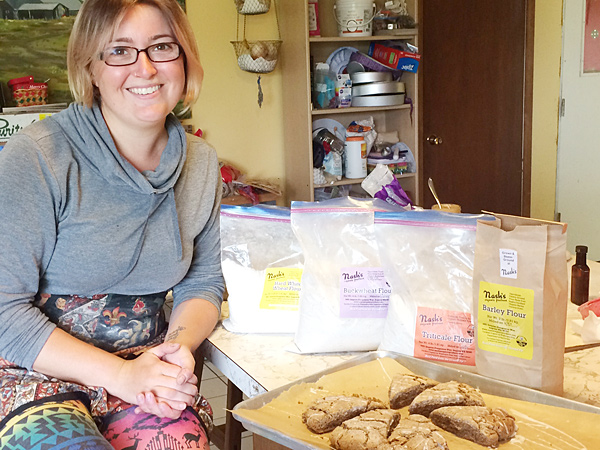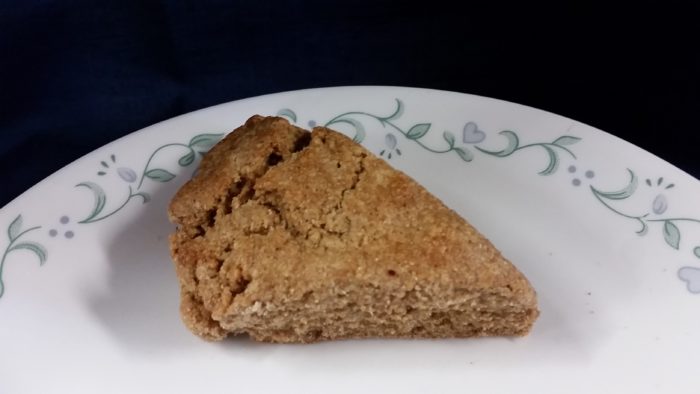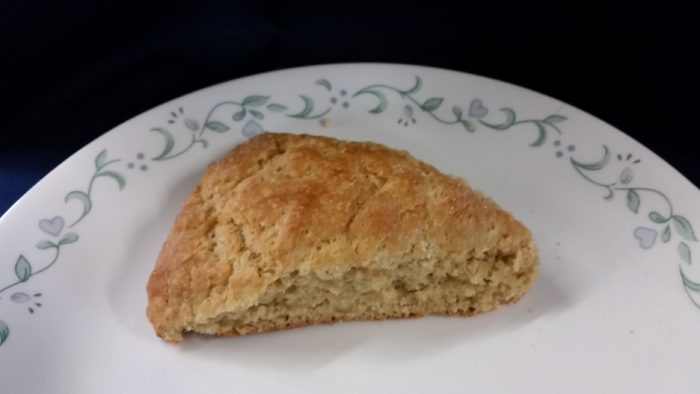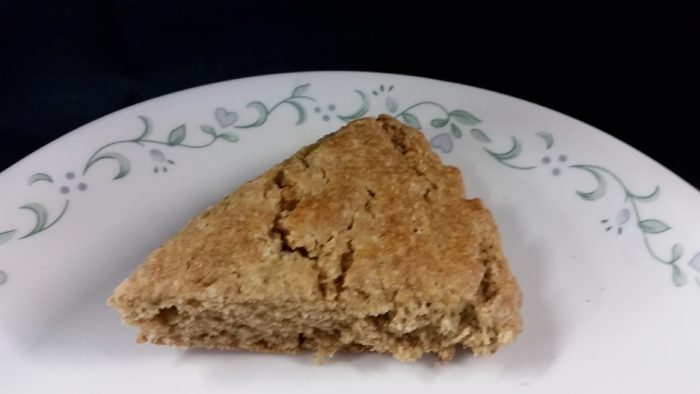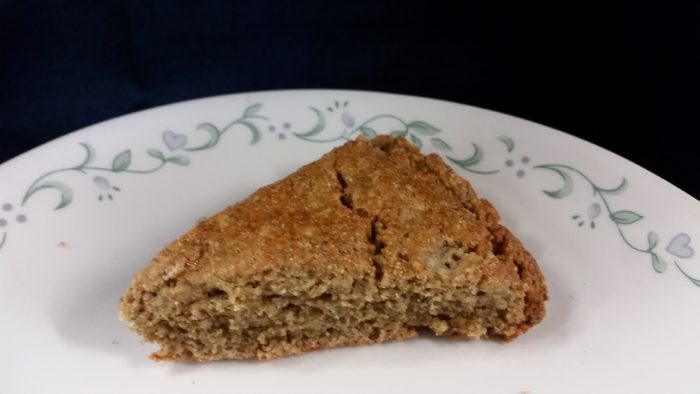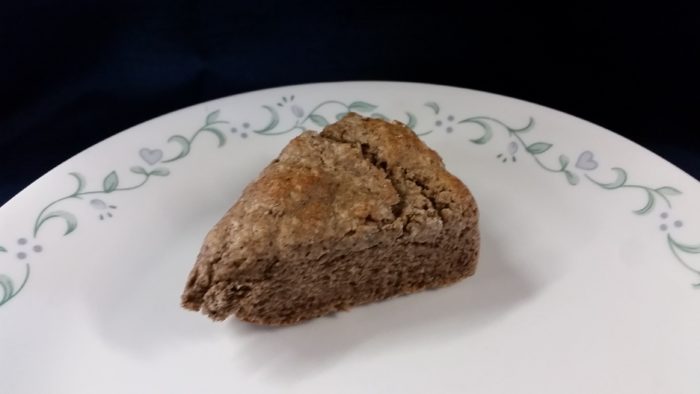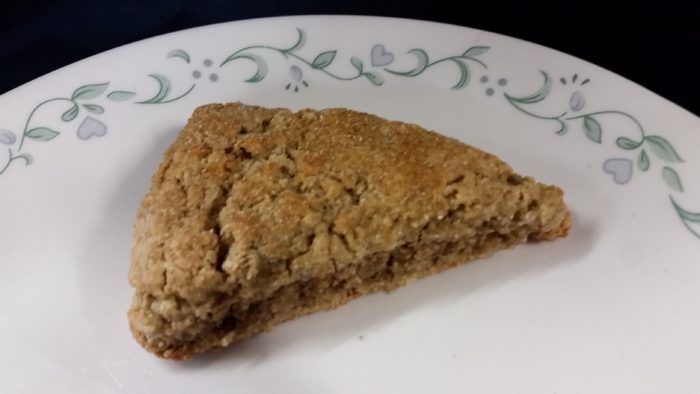Source Note: This is a lower-calorie version of the traditional corn chowder that is usually made with lots of cream and butter. If you are on a sodium-restricted diet, omit the salt.
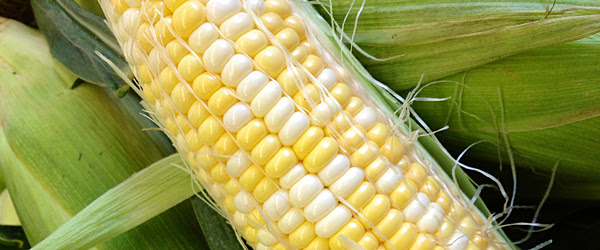
2 pounds white potatoes, diced (River Run Farm Yukon Golds!)
1 bay leaf
4 cups water
3 teaspoons margarine or butter
3 medium onions, chopped
4 ribs celery, chopped
2 teaspoons cumin seeds
3 tablespoons Nash’s soft white wheat flour (or all-purpose flour)
1 teaspoon chopped fresh sage, or 1/2 teaspoon crushed dried sage
1/2 teaspoon crushed white pepper
2 cups skim milk
1 1/3 cups cooked sweet corn
Salt
Optional
Parsley, for garnish
Red bell pepper slices, for garnish
In a large saucepan, combine the potatoes, bay leaf, and water; bring to a boil. Cover and cook for 15 minutes, or until the potatoes are tender. Discard the bay leaf. Drain the potatoes, reserving the liquid. Set both aside.
In the same saucepan, melt the margarine. Add the onions, celery, and cumin seeds; cook until the onions are tender. Stir in the flour, sage, and white pepper. Stir in enough reserved potato liquid to make a smooth paste, then stir in the remaining potato liquid and potatoes, and heat through. Stir in the milk and corn, season to taste with salt, and heat thoroughly.
If desired, top with snipped parsley and bell pepper slices.
We thank Bounty from the Box, the CSA Farm Cookbook for this recipe.
Have you tried this recipe? Tell us how it turned out!

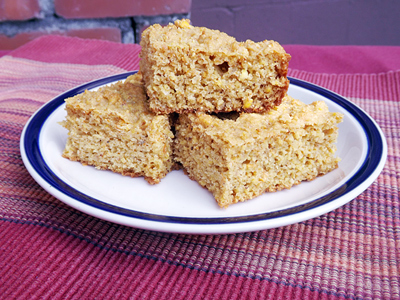 Refined wheat has been stripped of both the bran and germ, losing as much as 80% of its vitamins and minerals and 93% of its fiber. The refining of grain began with food storage in mind. By stripping the grain of the valuable fats, the grains have a longer shelf life, but nutritional integrity is sacrificed. Whole wheat flour can provide you with a number of B vitamins, Vitamin E, protein, essential fatty acids, and important trace minerals, such as zinc, iron, copper, manganese, magnesium, and phosphorous.
Refined wheat has been stripped of both the bran and germ, losing as much as 80% of its vitamins and minerals and 93% of its fiber. The refining of grain began with food storage in mind. By stripping the grain of the valuable fats, the grains have a longer shelf life, but nutritional integrity is sacrificed. Whole wheat flour can provide you with a number of B vitamins, Vitamin E, protein, essential fatty acids, and important trace minerals, such as zinc, iron, copper, manganese, magnesium, and phosphorous.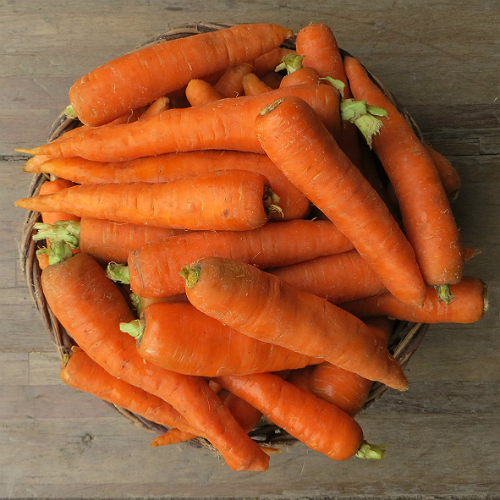 Makes 12 muffins
Makes 12 muffins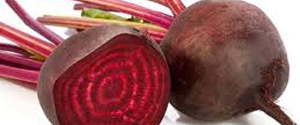 Prep Time 10 minutes
Prep Time 10 minutes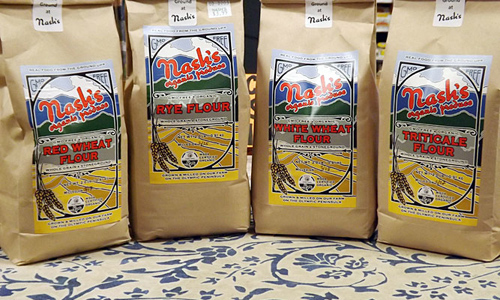
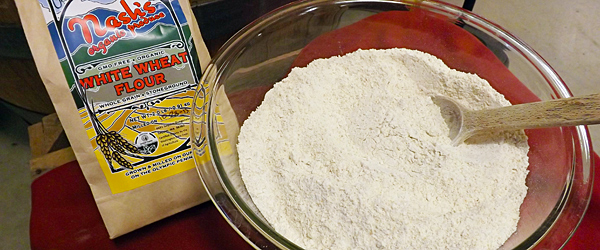 5 cups Nash’s Soft White Wheat Flour
5 cups Nash’s Soft White Wheat Flour